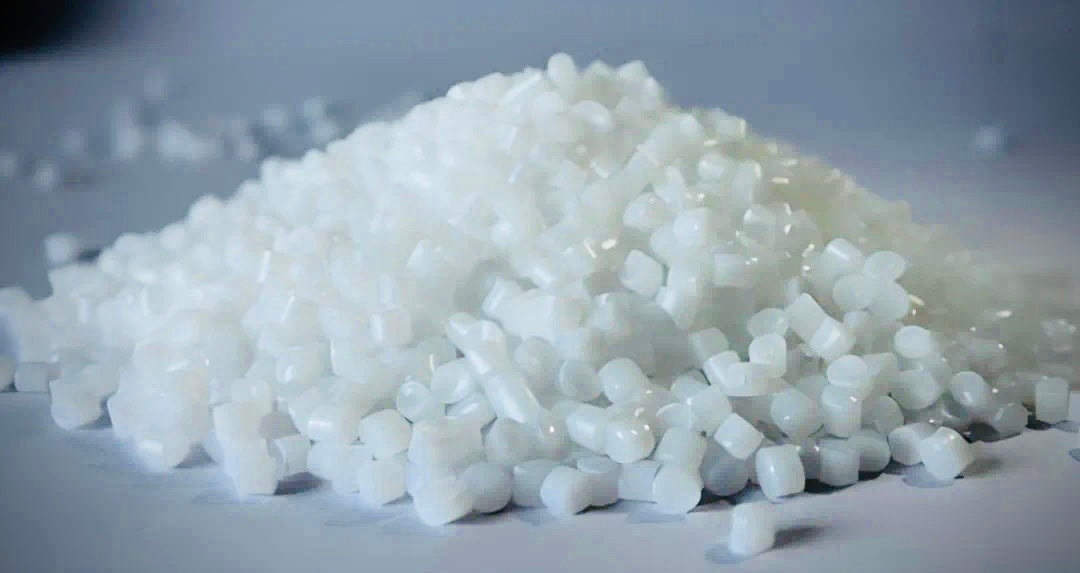
Nylon fabric vs Polyester fabric: Which Fabric is Better for Your Needs?
Understanding the Origins
Nylon fabric and polyester are two of the most widely used synthetic materials in the textile industry.
While they may seem similar at a glance, nylon fabric stands out for its softness, elasticity, and moisture absorption, whereas polyester is known for its durability, shape retention, and cost-effectiveness.
These differences come from their unique chemical structures and development histories, which continue to influence how they are used in clothing and performance wear today.
Nylon, also known as polyamide, was first developed by DuPont in 1935 and became famous for replacing silk in women’s stockings. It gained further prominence during World War II when it was used for parachutes and military uniforms.
Polyester, short for polyethylene terephthalate (PET), was invented in 1941 in the UK and popularized later by DuPont. Thanks to its low cost, high stability, and versatility, polyester quickly became the most produced synthetic fiber worldwide.

Molecular Differences and Performance
Nylon contains amide bonds (-CONH-) in its molecular chain, giving it a higher affinity for moisture and a softer, silkier feel. Polyester, which is built on ester bonds (-COO-), is more hydrophobic, making it quicker to dry and more resistant to water-based stains.
These molecular differences shape their core performance:
- Moisture absorption: Nylon absorbs more moisture, which makes it more comfortable in humid conditions.
- Softness: Nylon tends to be smoother and softer, ideal for activewear and intimates.
- Durability: Both are durable, but nylon is more abrasion-resistant and stretchable.
- Shape retention: Polyester holds its shape better and resists shrinking or sagging over time.
- Heat resistance: Polyester has a higher melting point, giving it better heat stability.
- UV resistance: Polyester performs better under prolonged sun exposure.
Can They Be Substituted?
In some contexts, yes. Nylon and polyester are sometimes used interchangeably, especially in outerwear or bags. However, they are not exact substitutes. If you prioritize softness, stretch, and moisture management, nylon is a better fit.
For garments that need to stay crisp, hold their shape, and withstand sunlight, polyester leads the way. In many cases, the best solution is blending: a nylon-polyester fabric can offer the best of both worlds.
How the Textile Industry Views Them
In the textile industry, nylon is seen as a performance material with a premium feel. It is often used in activewear, technical garments, swimwear, and high-end hosiery. Polyester is seen as more cost-effective, broadly applicable, and highly versatile. It dominates mass-market apparel, uniforms, linings, and home textiles.
Today, both fibers are commonly blended with spandex, cotton, or each other to meet diverse performance and comfort needs.
Which One Lasts Longer?
When it comes to abrasion resistance, nylon wins. It withstands friction and wear better, making it ideal for backpacks, climbing pants, and sports gear. However, polyester offers better dimensional stability, meaning it resists warping, stretching, and shrinking more effectively.
For everyday T-shirts and basics that need to keep their shape, polyester has an edge.
Our Topology T-shirt was developed to combine the best of both: it delivers the silky softness you’d expect from nylon with the long-lasting structure and durability of high-grade polyester. If you’re interested in trying it, we also offer a convenient 3-pack bundle for everyday essentials.
Environmental Impact
Both nylon and polyester are petroleum-based and not biodegradable. Nylon has a slightly higher environmental cost in its production process, particularly due to the release of nitrous oxide, a potent greenhouse gas.
However, both fibers are now available in recycled forms. Recycled polyester, made from PET bottles, is widely adopted in the fashion industry due to its accessibility and efficiency. Recycled nylon (like Econyl) is less common and more expensive, but gaining traction in sustainable fashion circles.
If you're curious about how polyester compares with other fabrics like cotton, you can check out our detailed article here: Polyester vs Cotton: Which Fabric Reigns Supreme.
Conclusion
Nylon and polyester each have distinct advantages, and neither is inherently better than the other. It depends on your needs: comfort vs structure, moisture vs sunlight, softness vs crispness.
They are not just competitors but often collaborators in fabric innovation. When used thoughtfully—whether blended, recycled, or adapted for performance—they can support a wide range of modern apparel demands. As textile technology continues to evolve, both materials will remain cornerstones of functional and fashionable design.
